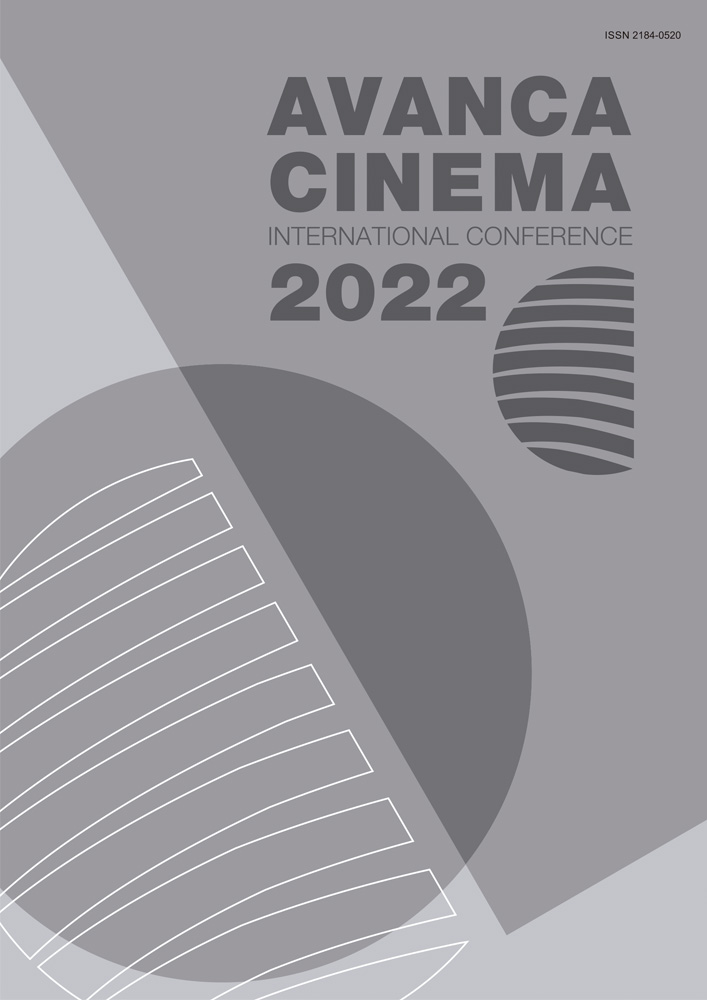Capítulo III _ Cinema - Comunicação
Society, segregation and freedom: The transformation of the female image in Iranian cinema
Resumo
Talking about the figure of women in Iranian cinema during the post-revolutionary era is controversial, due to the factors that have influenced its appearance and its tense relationship with the norms imposed by the Islamic theocracy; In this sense, this feminine semblance goes beyond the arts, since the restrictions or censorship towards them would not begin there, but rather the fact in question stems from a restrictive and confessional regimentation of public life, which in the case of the cinema, it would even have an impact on the private orbit. To understand the process of women in Iranian cinematography, it is convenient to go back many years, when the woman in the image had completely different roles than those that the Islamic Republic now wanted to encourage, given that the role of the female gender during the Pahlavi monarchy contradicted Iranian values, not only from the perspective of Islam, but also from traditional ones. In accordance with the previous description of the historical transition, during the conformation, consolidation and acceptance —by authorities and the Iranian society itself—.
Women in cinema through the years continues in constant transition, which refuses to forget what an Iranian woman has lived through during the several processes constants of transformation by a society that adheres to the norms and laws that the sharia law allows, but that in turn, with the creativity that many filmmakers (today many more women in the profession) have managed to mitigate different views about of women in society.

Este trabalho encontra-se publicado com a Licença Internacional Creative Commons Atribuição 4.0.

